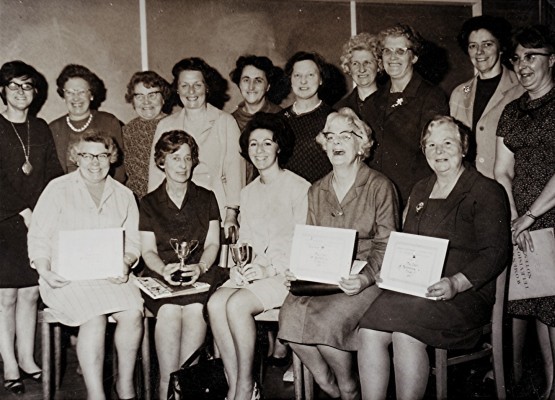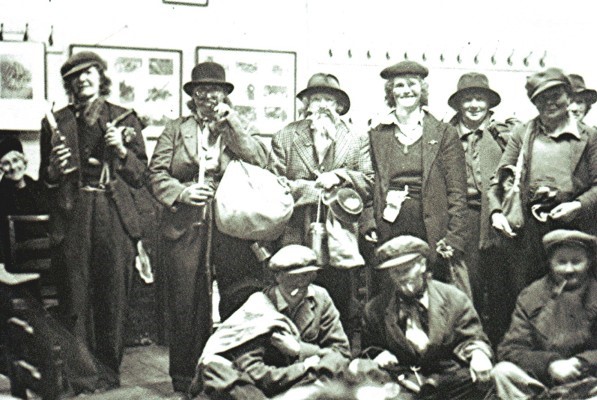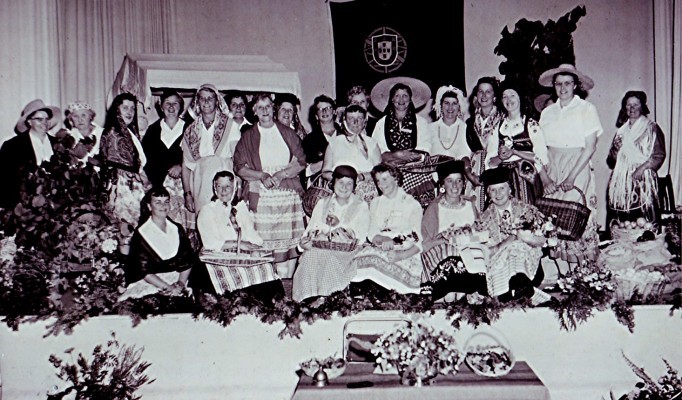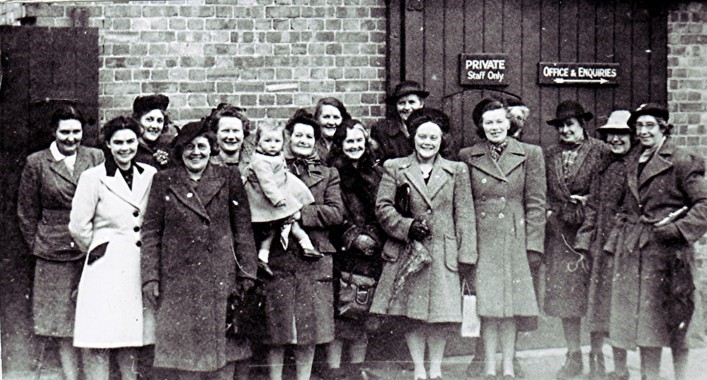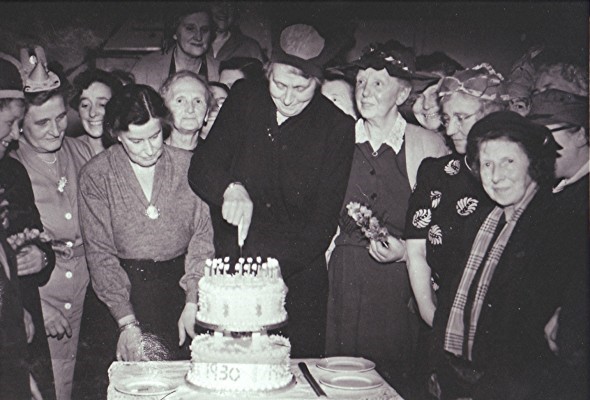High St. Village Hall
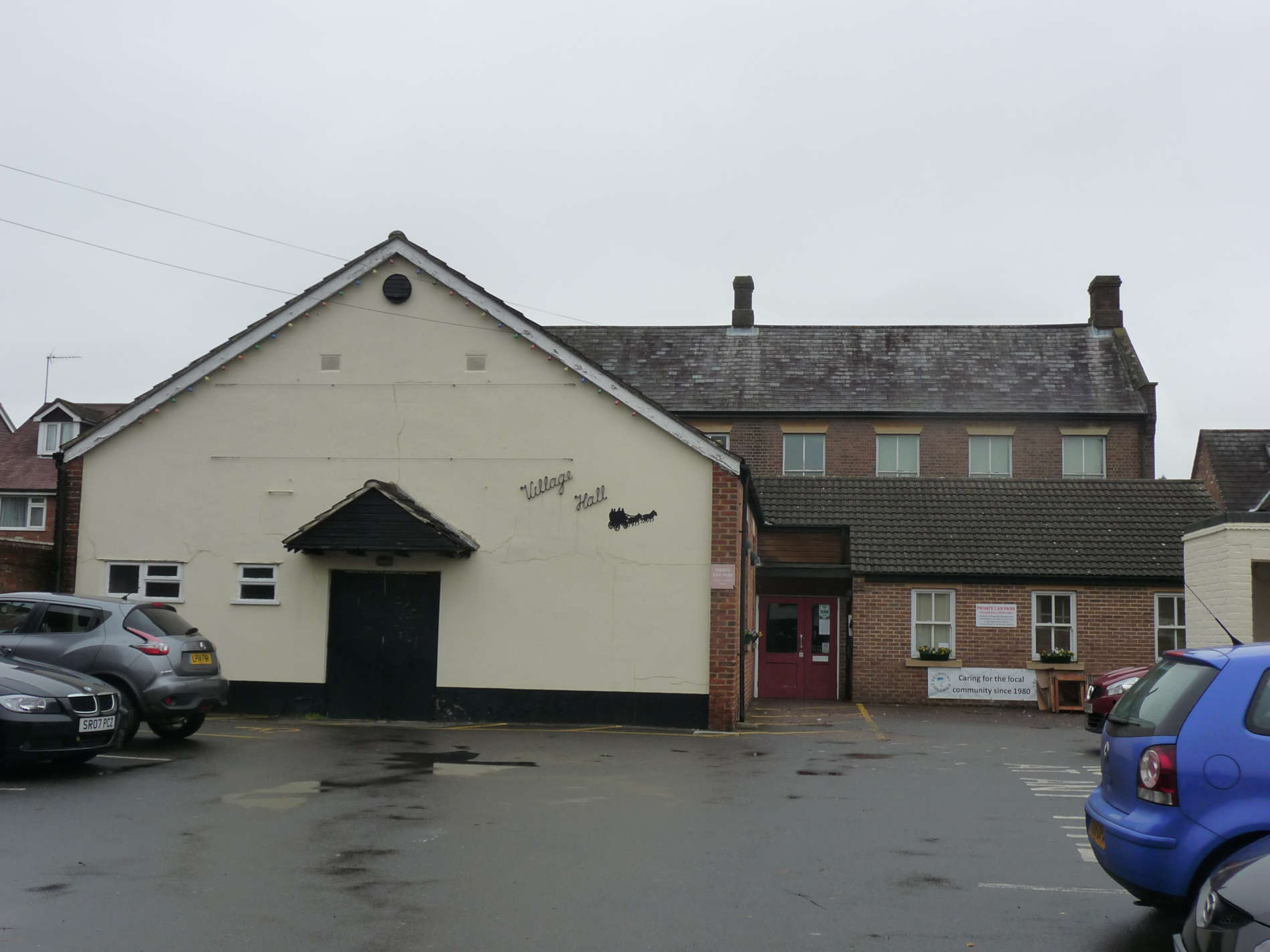
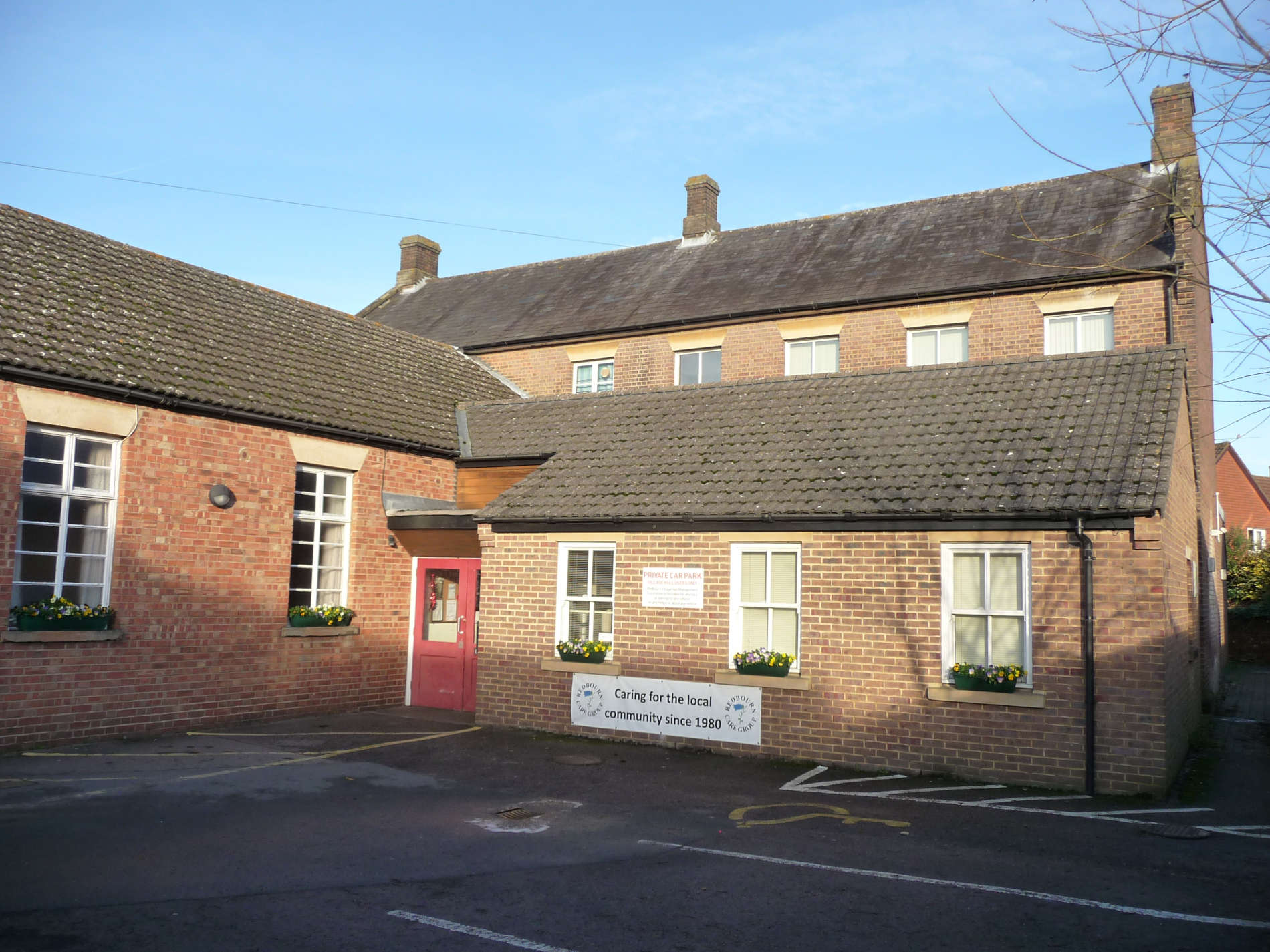
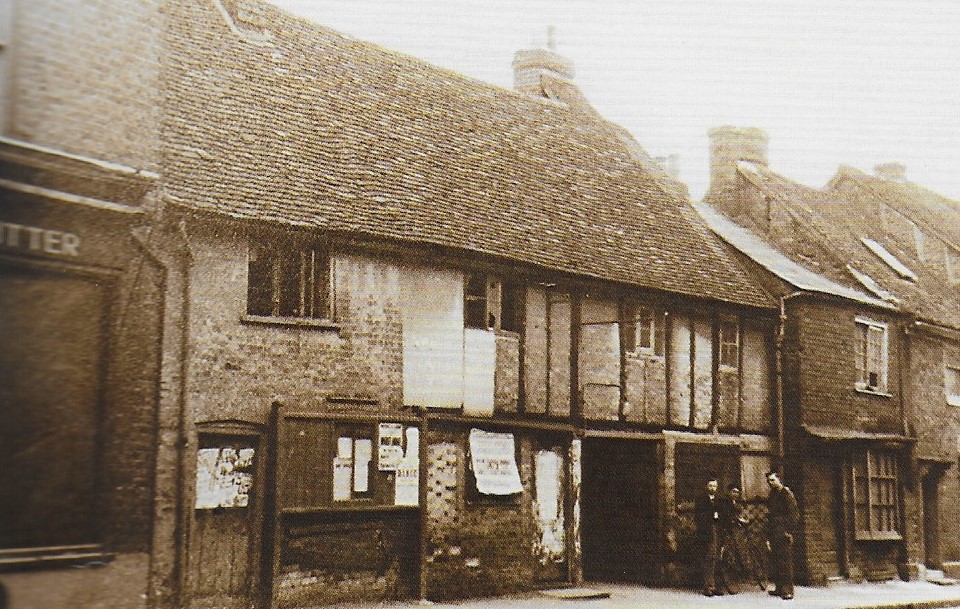
This row of ancient cottages were situated in front of the village hall, they must have been some of the oldest houses in the village, dating from the 16th or 17th century. They were demolished shortly after the photo was taken around 1948. Families such as the Holts had to move out but were housed elsewhere in the village. The opening in the middle led through to the hat factory. (Now the village hall).
The hats were made from lengths of straw plaits (see other section on village industries). The 1851 census recorded 85 ‘straws bonnet sewers’. In 1861, Lady Charlotte Bowes Lyons founded the Redbourn factory. There had been four tenders received at the Bull Inn by Tuesday 10 September to build the factory -Mr. Groom –Hemel Hempstead (£667), Mr. Obee – Markyate Street (£662), Mr. Thorogood- Redbourn (£627), Mr. Durham- St Albans (£620).
It consisted of, on the ground floor, Blocking House, Drying room, Kitchen with furnace and sink, a wide passage. Also a large warehouse and two toilets, then a brick and slated barn and wash house with copper and pump. On the upper floor there were two large workrooms. The windows were large to allow the maximum amount of light in.
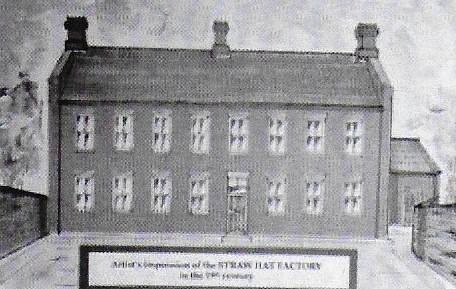
The first company to occupy the premises were Messrs Vyse and Co. of Luton. The rent was £50 per annum (1930 Vyse still had a factory in Bute Street Luton). This factory provided work for the villagers. Those who had worked at home – the ‘cottage ‘ industry must have transferred to the factory and the census shows the great variety of jobs on offer- blockers, drawers, stiffeners, sewers, machinists, finishers and trimmers, first for straw hats and later for felt hats. The factory closed in 1906 when the trade declined in the face of competition from abroad. It laid empty until 1921 when the parish council bought it for £150. It has undergone many changes, but the large windows can still be identified.
When the cottages at the front were pulled down, a car park was made.
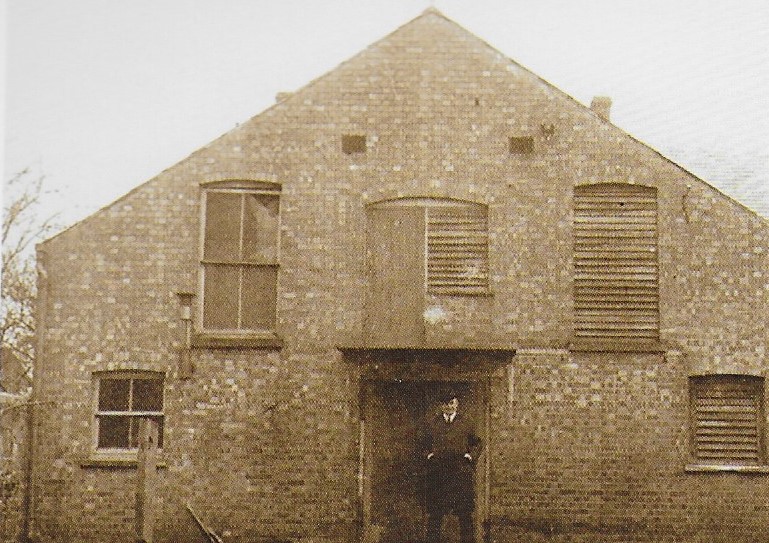
This photo was taken around 1949. In the immediate after war period the village hall became best known as the location of a cinema, it had been used as one before, around the time of the First World War, when a local dentist, Freddie Boucher had shown silent films with a piano accompanying. By 1946, a projection room had been built and the first film was shown on Friday 21st February 1946. Mr. John Heather, who moved to Redbourn from Harpenden in 1951 continued with his Friday night shows, though he never made a profit from the enterprise. He also recorded the life and people of the village in a series of short films in the years between 1947 and 1953, these are occasionally shown today. The cinema closed in December 1958, as television and an increase in rent at the hall made the events impossible to continue.
The Women’s Institute (WI)
The Women’s Institute (WI) meets in the Village Hall. It was formed in 1915 to revitalise rural communities and encourage women to become more involved in producing food during the First World War. Since then, the organisation’s aims have broadened and the WI is now the largest voluntary women’s organisation in the UK. The WI celebrated its centenary in 2015 and currently has almost 220,000 members in approximately 6,300 WIs.
The WI plays a unique role in providing women with educational opportunities and the chance to build new skills, to take part in a wide variety of activities and to campaign on issues that matter to them and their communities.
The WI is based on the ideals of fellowship, truth, tolerance and justice. The organisation is non-sectarian and non-party political. WIs are charitable and everything they do must be consistent with that special legal status.
